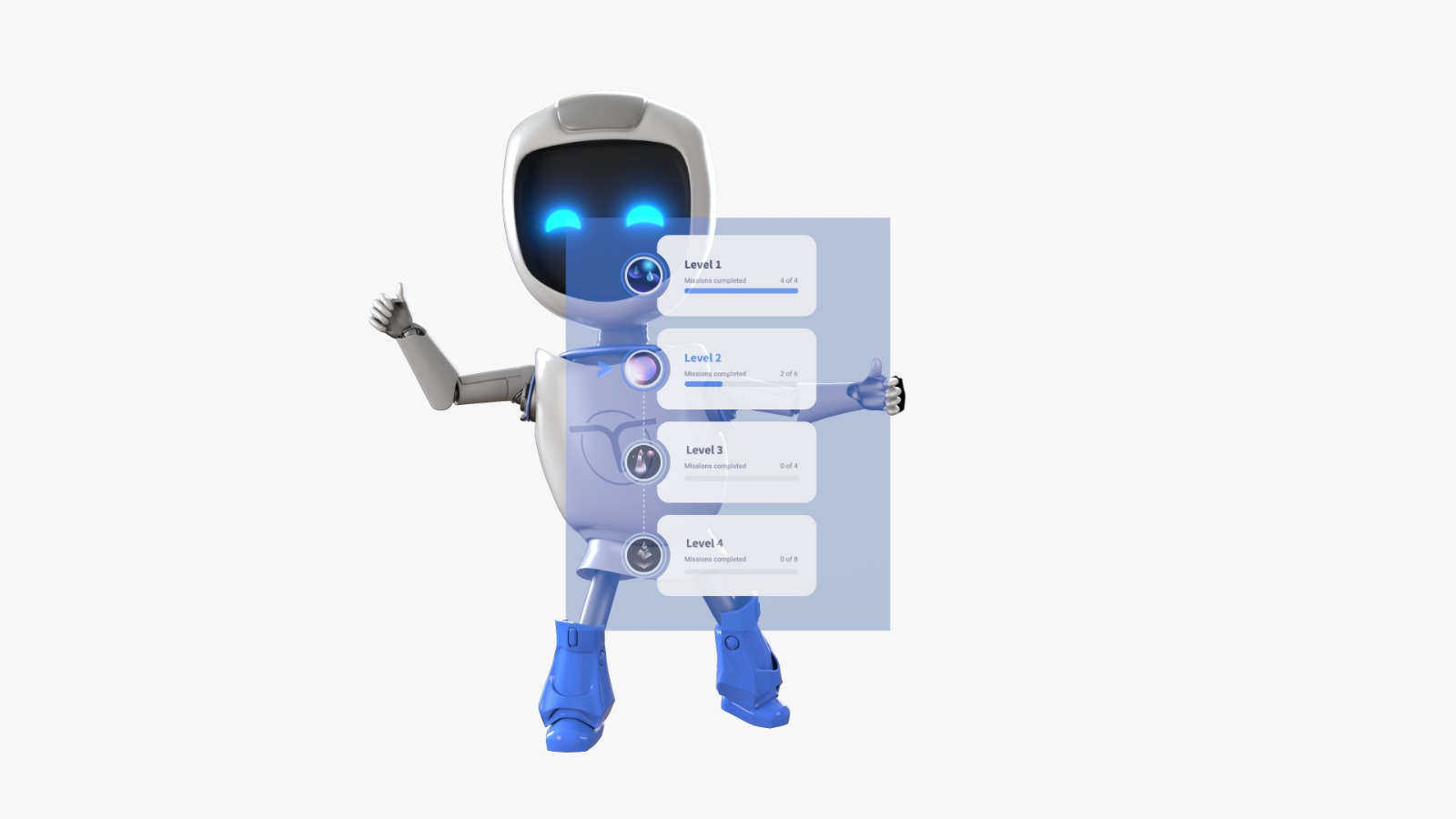How can we help you?
We would be more than happy to give you a TOUR of our platform.
Thank you for your request! One of our consultants will get in touch with you shortly!
We respond within 24 hours
In order to provide you the information requested, we need to store and process your personal data. You can unsubscribe from these communications at any time. For more information on how to unsubscribe, our privacy practices, and how we are committed to protecting and respecting your privacy, please review our Privacy Policy.
Awards


Accelerate your team’s development. Turn knowledge into action.
Quick links
- © 2025 Code Of Talent. All rights reserved.


